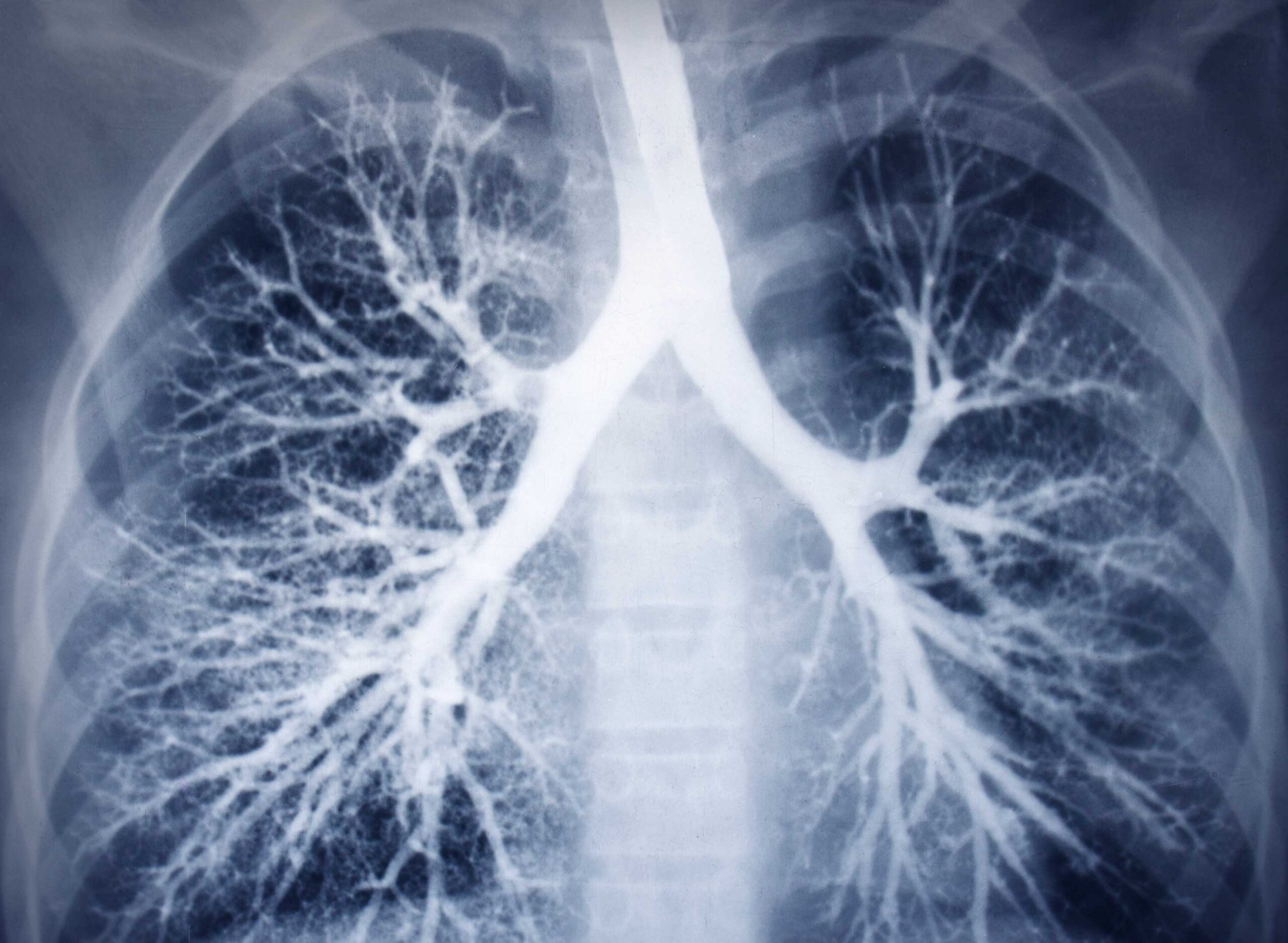
03 Oct Bronchoscopy
Bronchoscopy is a procedure that allow the pediatric pulmonologist to look inside the airways, i.e. the tubes that carry air to the lungs (larynx, trachea and bronchi). During this examination, the bronchoscope, a flexible, thin tube that has a tiny camera at its end, is inserted through the patient’s nose or mouth, and it is being forwarded to the trachea and bronchi. The image is videotaped while snapshots can also be taken. In addition, secretions from the airways (bronchoalveolar lavage) can be aspirated through the bronchoscope and sent for analysis such as microbiology tests. Bronchoscopy is performed under anesthesia in the Hospital.
Indications for bronchoscopy are suspected anatomical airway abnormalities such as tracheomalacia and endobronchial tumors, persistent lower respiratory infections and chronic cough that do not respond to the typical treatment, recurrent localized pneumonia but also more unusual diseases, such as plastic bronchitis and pulmonary alveolar proteinosis.
In addition to diagnostic reasons , bronchoscopy can also be therapeutic in the event of a mucus plugs that blocks the airways or in cases of foreign body aspiration that cannot be removed with the rigid bronchoscope by the otolaryngologist.
The examination is short, 5-30 minutes, but with the overall preparation it may take up to 90 minutes. The child returns home the same day and to its activities the next day. Bronchoscopy is a safe invasive test without significant complications, with cough and low-grade fever being the most common symptoms in the first few days after the test.

